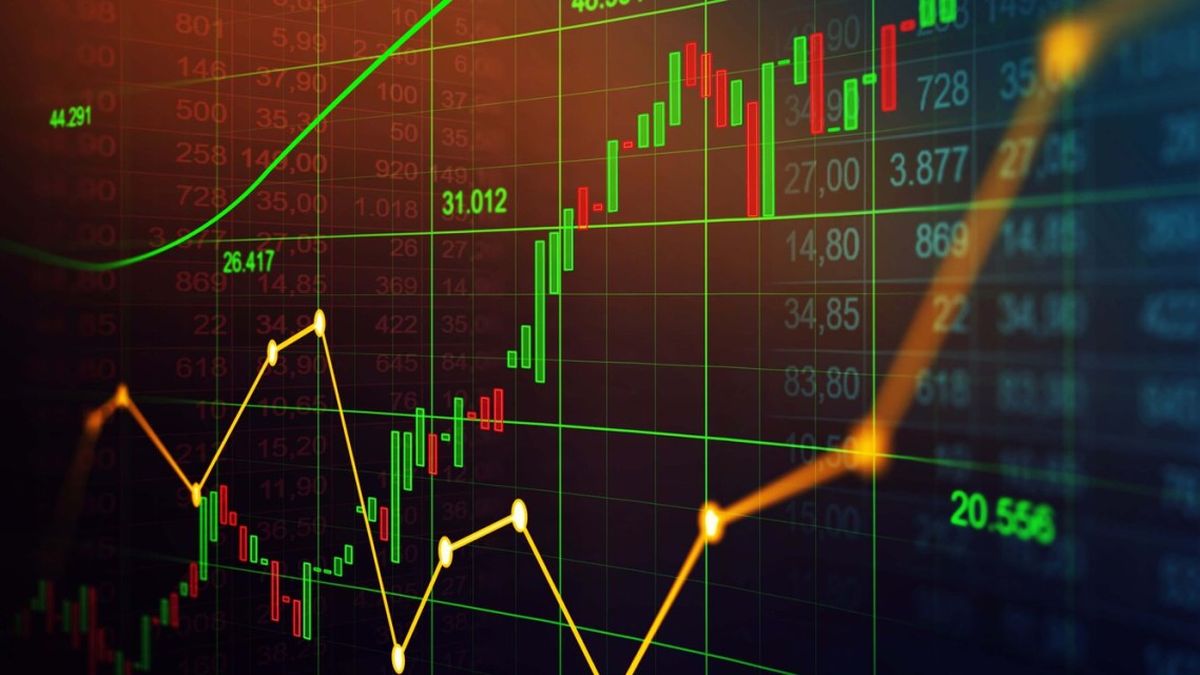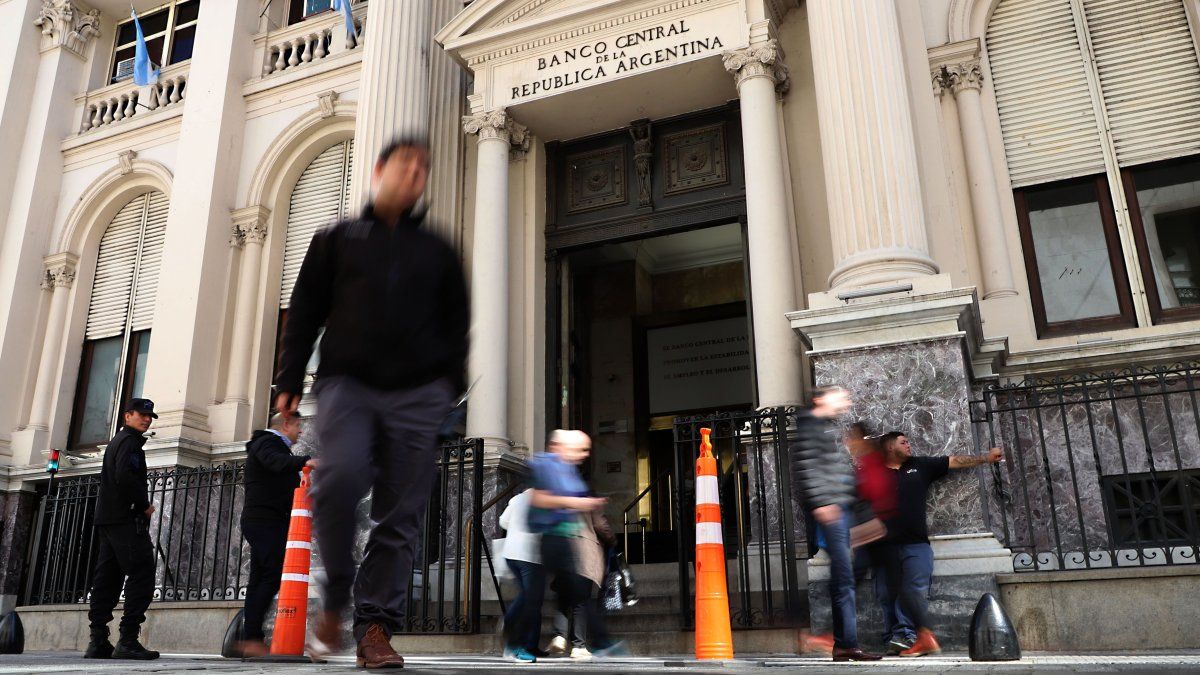The dollar bonds they had a strong bullish rally, which started in November last year and extended to the present (except for a short period between December and January). Thus, the bonuses Global They had returns that were from 72 to 112.6% from the minimum level which played in October of last year. Now, will this trend continue and what factors does it depend on?
“To the extent that the tax accounts and with the possible reductions in US rates they can continue with an upward trend“he told Ambitthe analyst Leonardo Svirsky and expanded: “We have been like this for several months now, we are beginning to see surpluses in the accounts and that in the market is good news“. It should be noted that the Government of Javier Milei managed twin surplus (fiscal and commercial) in January and February.
At the same time, from the international context, what could affect sovereign debt in dollars is the level at which they remain Federal Reserve reference rates from the United States (Fed). Although they are currently located in a highest level in more than two decades are expected at least three cuts for this year, with the objective of trying to achieve 2% annual inflation.
markets stocks finance investments guru bags
Depositphotos
Bonds in dollars: how is the debt in dollars compared to other countries
The main bonds comparable to those of Argentina currently due to their yields and ratings are: “Ecuadorwhich, although it is improving, comes from going through a political crisis that included the resignation of a President and the assassination of one of the main candidates; Pakistanwhich is at war with Afghanistan; The Savior, which is going through a major internal security crisis; and Nigeriain the middle of a civil war,” indicated a report by Facimex Securities to which he agreed Ambit.
Other analyzes propose various scenarios in which the risk rating will improve CCC– current to B- of the sovereign debt, in this regard they indicated that the potential for an increase in the Global 2035 is 50%, if it went up to B it would be 53% and if it went up to B+ it would obtain a return of approximately 62%. And to go into greater detail, from Delphos Investment They projected which bond should be chosen when comparing the Argentine debt curve with other comparable countries.
Among them, by qualification, the example of Turkey (B+), Egypt (B-), Ecuador (B-), Nigeria (B-), Angola (B-) and Pakistan (CCC). “When we simulate the convergence to each of the curves of the mentioned countries, we see that The AL35 is the favorite in all scenarios except of the case of Ecuadorwhich is the closest curve currently, in which the two shortest bonds win with returns of 37% for the AL29 and 35% for the AL30. But in all other cases, the AL35 takes all the flashes.”
In order of proximity, from this same study, they analyzed that if Argentina converges to the curve Pakistanhe AL35 shows 60% upside potential. On the other hand, if we would tend to copy the curve Egyptwould gain 74%, in the case of Nigeria 81%, 88% if we would go towards the situation of Angola and, in the best of cases, 109% if the curve is close to that of Türkiye.
markets-live-dollar-finance-investments-bonds

Depositphotos
How the dollar debt curve could evolve
Various reports maintain that the first step towards normalization is a flattening the curve. At this time, sovereign debt in dollars has the highest returns for the shortest and longest bonds, while the intermediate ones show a decrease compared to their other peers. In the event that the curve is compressed, according to Facimex Securitiesthey would be favored AL30, GD29 and GD30.
“A flattening the curve towards the instrument with the lowest performance would generate a upside price increases of 20-22% in the short section of the curve, 6.5-7.7% for 2035-38 and practically zero performance for 2041-46. We believe that this is the first necessary step on the normalization path that Argentina’s curve is following, which is why We continue prioritizing AL30 and GD29“, indicated the same study.
From Facimex Valores, they analyzed that the effect of normalization of the slope of the curve will be stronger than the effect of compression in the short termwhich is why they prefer to keep GD35 as a complement and continue to overweight AL30 and GD29. “Once the curve has flattened, it is likely time to review strategies and reconsider greater exposure to GD35 to the detriment of the short section of the curve,” they explained.
For its part, since Delphosin all projected scenarios, bonds maturing in 2035 They turn out to be favorites. “Although in some cases the potential return is higher in bonds maturing in 2029 and 2030, The GD35 and AL35 offer lower risk for a potential return that, in many cases, is higher. In addition, it has more attractive coupons, something that the market and we value,” they closed.
Source: Ambito
I am a 24-year-old writer and journalist who has been working in the news industry for the past two years. I write primarily about market news, so if you’re looking for insights into what’s going on in the stock market or economic indicators, you’ve come to the right place. I also dabble in writing articles on lifestyle trends and pop culture news.




